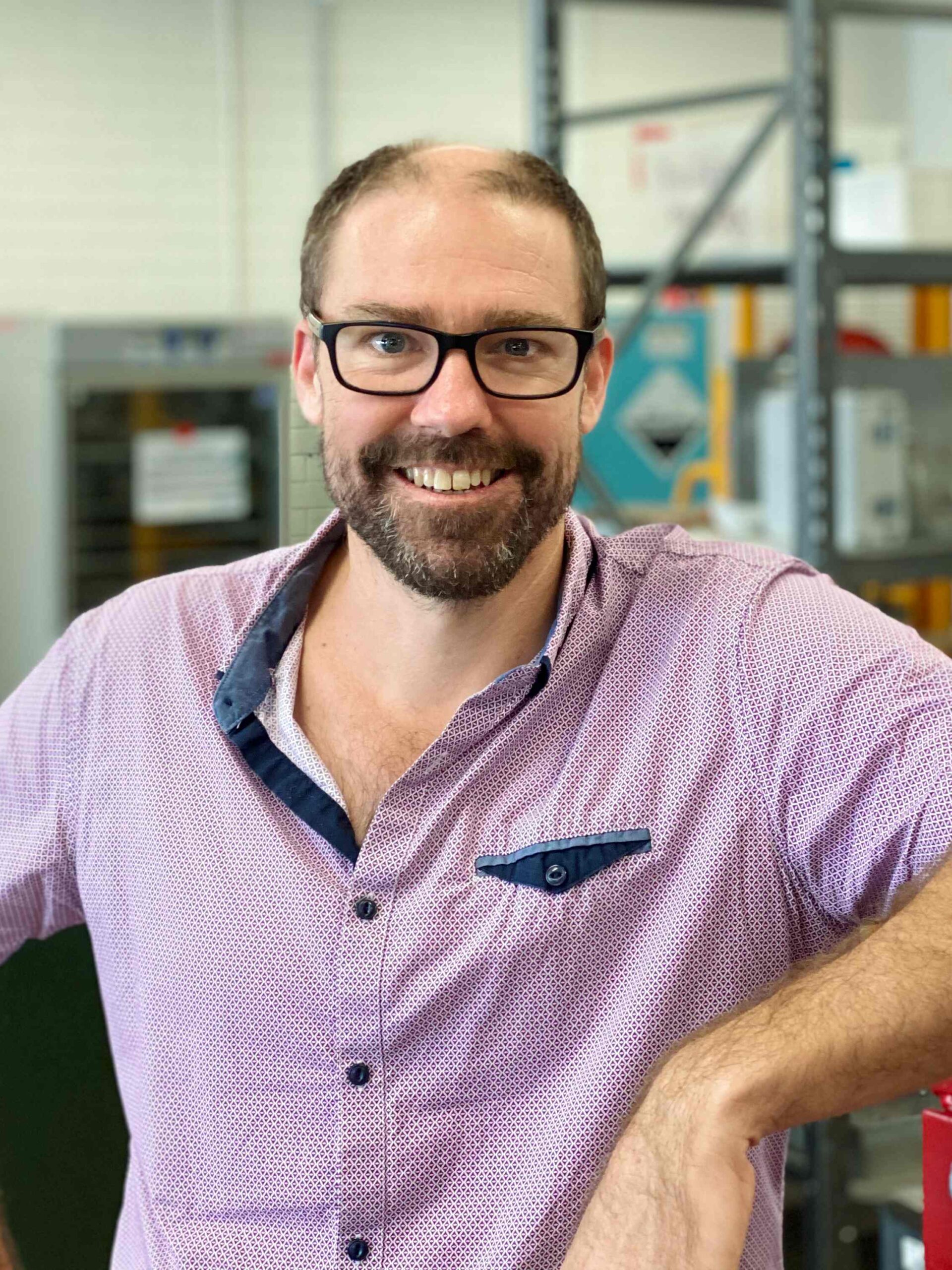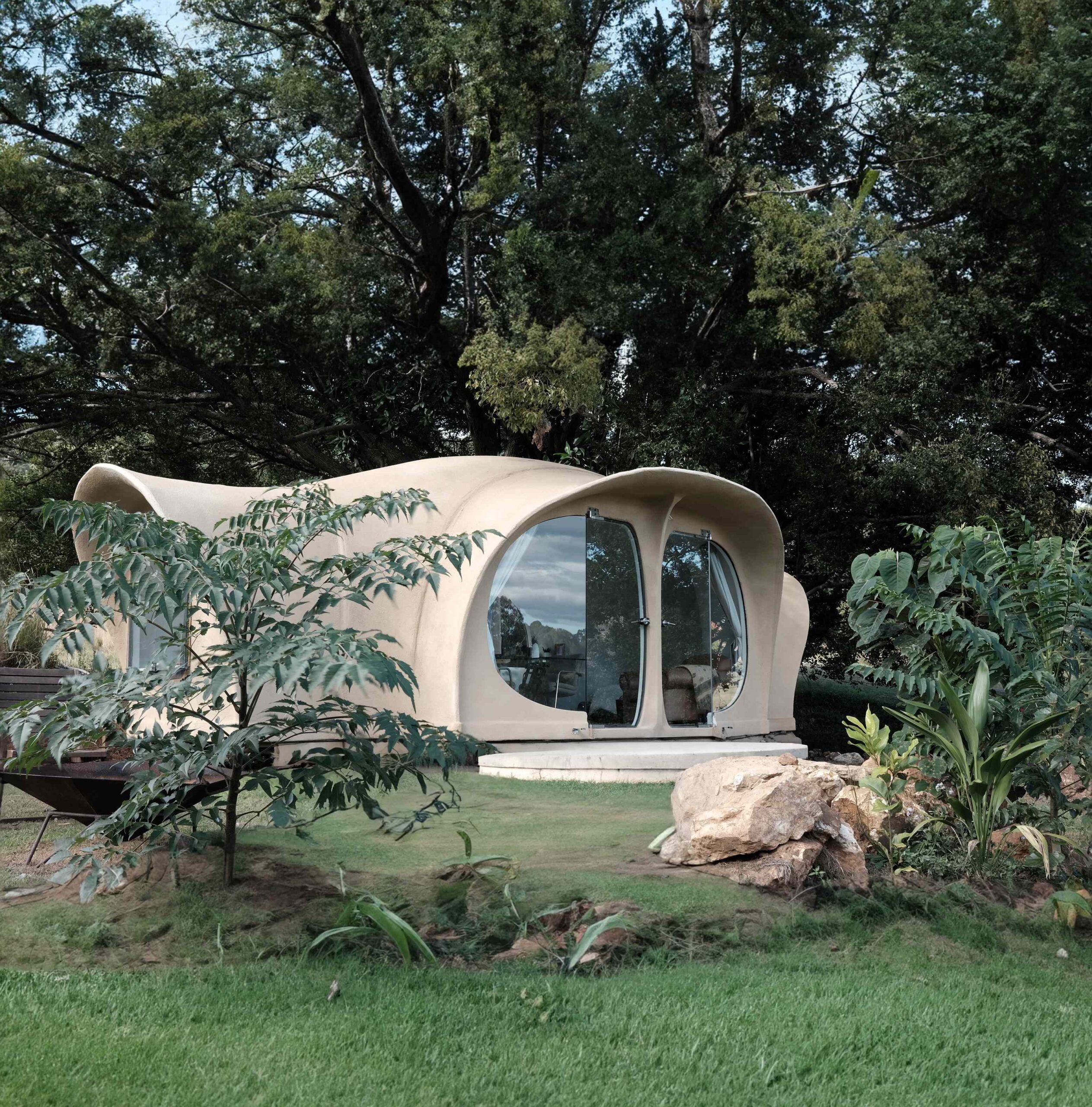Innovators in northern NSW are working on a revolutionary process to create houses out of 3D-printed recycled plastic.
Southern Cross University’s ReCirculator program has been created to identify ways to accelerate activation of a regional circular economy.
ReCirculator Academic Director Andrew Rose said one of the real philosophical shifts driving the circular economy was the idea that waste could be repurposed for something other than its original use.
“This can be really powerful because it is a source of not only materials, but also inspiration and innovation,” Professor Rose said, in a video released by the university.
The university is working with the Studio Kite company in the Northern Rivers on a program that is creating housing from discarded plastic.
Studio Kite has a giant 3D printer called Cadzilla that was originally designed to create movie props.
“Studio Kite is really interested in substituting the kinds of virgin plastics that you might normally use with recycled plastic materials,” Professor Rose said.
“This is a really exciting opportunity for ReCirculator, because we have access to potentially lots of different plastic material that is currently going to waste that can instead be used to create 3D printed materials.
“These materials can then be used for lots of other great purposes, and that’s a real win for the regional circular economy.”
Studio Kite Director Steven Rosewell, speaking on the Southern Cross video, said his company was a theatre and film prop making house that produced a large number of sculptures and unusually-shaped objects.
“(We were) using polystyrene and fibreglassing and/or clay, and then moulding processes, and we found over the years that this was incredibly wasteful,” he said.
“So, over the last nearly 10 years, we’ve been seeing if we can hone down that waste process, and 3D printing has become the answer to that because we can use recycled plastics which are destined for landfill.”
Mr Rosewell said his company now had some of the largest 3D printer machines in the world, and Studio Kite had gone from filling three cubic-metre dumpsters a week with waste to one small domestic bin every couple of weeks.
“Recently with the bushfires, we teamed up with a company and they install wildlife nest boxes,” he said.
“Then we thought: well, if we can do that, then maybe we can do it for humans, and take on the building industry as well.
“So now, teaming up with Southern Cross, we’ve realised maybe we can do this much more locally – getting local recycled plastics, not having to transport them, and turn them into locally used products.”
Mr Rosewell said 3D printing had the advantage of modifying a building to suit its best position on a property.
“Probably part of the success of Studio Kite is that we’ve always been looking for new technologies to see if we can improve the process,” he said.
“Really, the more we think about a material, we can actually find a replacement for it, and it can be circular.
“Working with Southern Cross we can come up with a design based on the strengths of the materials that we create.
“So, once we combine these materials, we can use very clever software to work out how it performs as a combination of materials and then we can present a design and try it at full size.”
The plan over the next year was to thoroughly test the recycled material on full-sized buildings, then start mass producing these houses for real-world use.
You can watch the video on the Southern Cross University website









